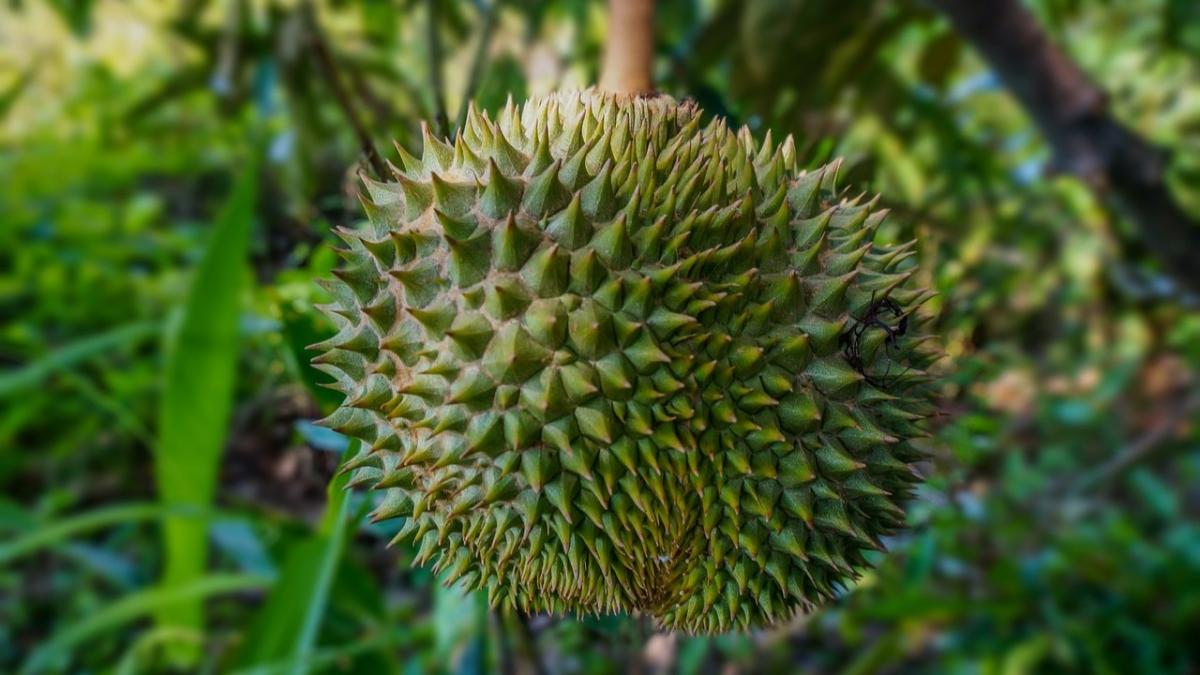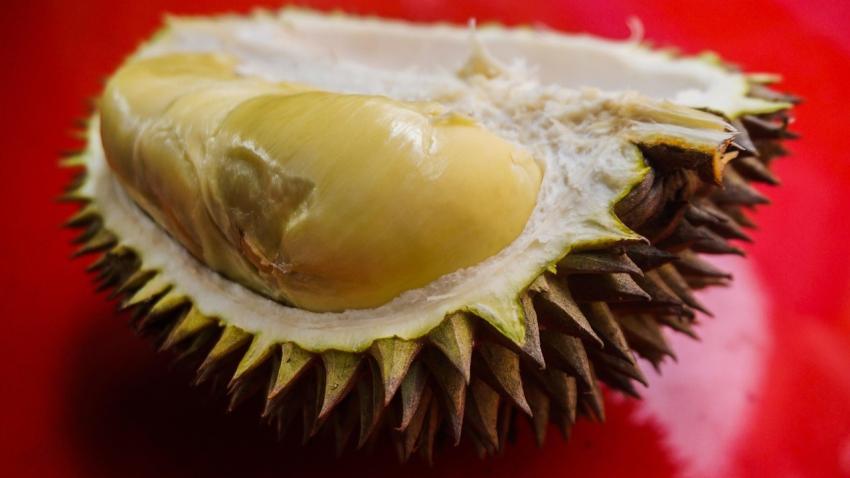You are here
Back to topThai Durian Off-Season Gap Opens Doors for Vietnamese Durians in China

The Office of Agricultural Extension and Development of Songkhla Province has reported that southern Thailand’s durian cultivation area spans approximately 814,414 rai (130,306 hectares) this year, representing a 12.12% increase compared with 2023. Meanwhile, this year’s production is projected to reach around 558,353 metric tons, comprising approximately 455,082 metric tons (82%) of in-season durians harvested between June and October and approximately 103,271 metric tons (18%) of off-season durians harvested at other times of the year. The average yield is reportedly 965 kilograms per rai, corresponding to a year-on-year decrease of 13.76%.
This decline in yield is primarily attributable to unfavorable weather conditions. This year’s rainy season arrived later than expected, with prolonged dry and hot weather and insufficient rainfall causing fruit trees to shed their blossoms. This significantly impacted both the quantity and quality of the harvest, leading to durians of poor quality and lacking visual appeal. Consequently, durian prices have remained sluggish, averaging 60–70 Thai baht ($1.74–2.03) per kilogram, compared with the early harvest season when the average price in southern Thailand was approximately 100–110 baht ($2.90–3.19) per kilogram.
To meet the growing off-season demand for durians from the Chinese market, both large- and small-scale orchards in southern Thailand have been increasing their investments in durian cultivation. Over the next three years, durian production in the region is expected to rise. In the three southern border provinces of Yala, Narathiwat and Pattani, a significant number of rubber trees have been replaced with durian trees. Notably, durian cultivation in Yala has been established for less than five years, but the province could have a substantial impact on the durian market in the future.
The decline in both the quantity and quality of Thailand’s off-season durians has undoubtedly created more opportunities for Vietnamese durians on the Chinese market. Vietnam’s durian harvest season lasts for longer, with the country’s almost year-round production ensuring a stable supply that fills the seasonal gaps left by Thailand. In particular, the availability of Ri6 durians from November to March aligns perfectly with China’s peak sales period during the New Year and Spring Festival holidays. An additional advantage of Vietnamese durians is their shorter transportation time to China compared with Thai durians, which enables more competitive prices.
Data from China Customs indicate that Vietnam became China’s largest durian supplier again in September, with exports reaching a volume of approximately 177,000 metric tons and a value of $640.7 million. This corresponds to a 90% increase in quantity and a 71.5% increase in value compared with September 2023. By contrast, China’s durian imports from Thailand in September 2024 totaled just 58,000 metric tons worth $243 million.
In February of this year, Vietnam’s monthly durian exports to China surpassed Thailand’s for the first time, with an export volume of 32,750 metric tons and a value of $161 million. This marked a 2.4-fold increase in both volume and value compared with the same period of last year. During the same month, Thailand exported 19,614 metric tons or $120 million worth of durians to China, reflecting year-on-year declines in volume and value of over 50% and 45%, respectively.
With respect to full-year imports, Vietnamese durians now account for nearly half of China’s imported durian market. In the first 10 months of this year, Vietnamese durians represented about 47% of China’s total durian imports. During this period, China imported a total of 702,000 metric tons of durians from Vietnam, valued at $2.78 billion, with an average price of $3,965 per metric ton. Imports from Thailand were slightly higher at 785,000 metric tons and $3.87 billion, with an average price of $4,928 per metric ton.
Image: Pixabay
This article was translated from Chinese. Read the original article.















Add new comment